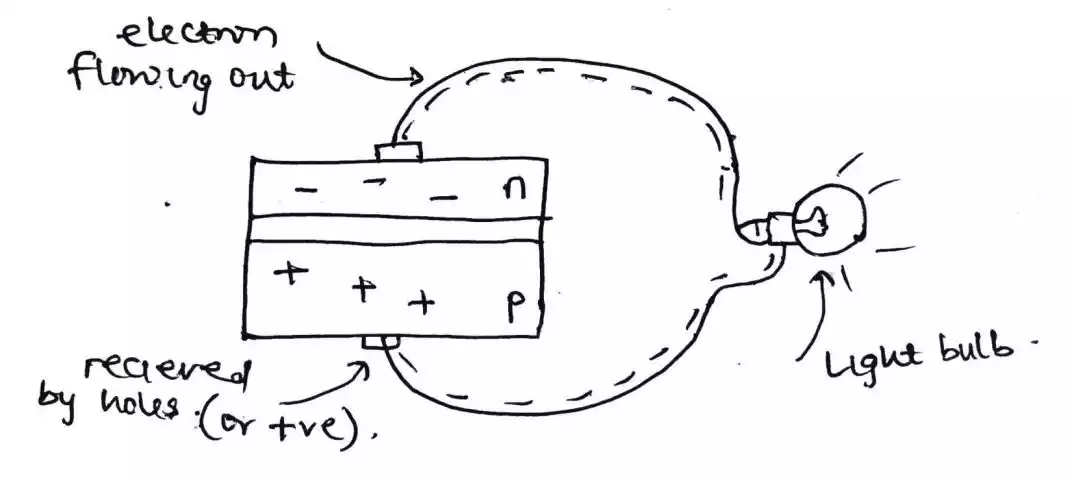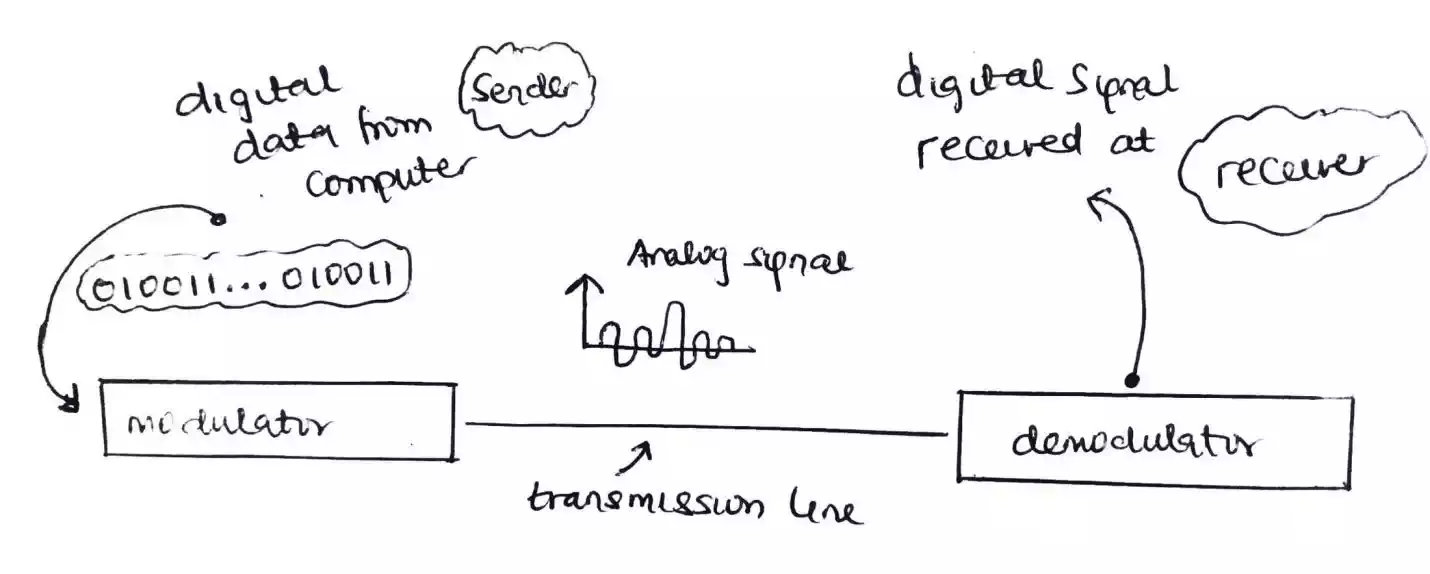Baseband and Passband Signal and Their Difference in Communication
In communication, baseband signal is the original or natural information (i.e. the information we are interested to send) e.g. voice, image, or video. Baseband is also called the message signal.
But to carry this baseband signal over a long distance as it has a low frequency, modulation needs to take place. If the baseband or original message is used to modify a carrier wave (i.e. modulation process) then after modulation, the information that is transferred is the passband signal.
hence, Baseband signal is an unmodulated signal while passband signals is a modulated signal.
Difference between baseband and passband signal
-
All source of information generates baseband signal e.g. voice, audio, image etc. while Passband signals are the transmitted modulated signal e.g. AM, FM etc.
-
Baseband signal has low frequency around (0 -20khz) for audio while Passband has high frequency around (530 -1700khz) for AM or (88Mhz – 108Mhz) for FM signal.
-
Baseband signal can be transmitted directly to a channel (i.e. frequency starts from to some certain range) while Passband signal has limited band or (bandpass) at which the signal can be transmitted (i.e. frequency don’t start from zero).
-
Baseband signal can travel for only short distance while Passband can travel for long distance hence, it is used for long distance communication
-
Baseband signal is more susceptible to interference while Passband is less susceptible to interference as compared to baseband signal.
-
In baseband there is poor reception of the message signal while in Passband there is better reception of the message signal




